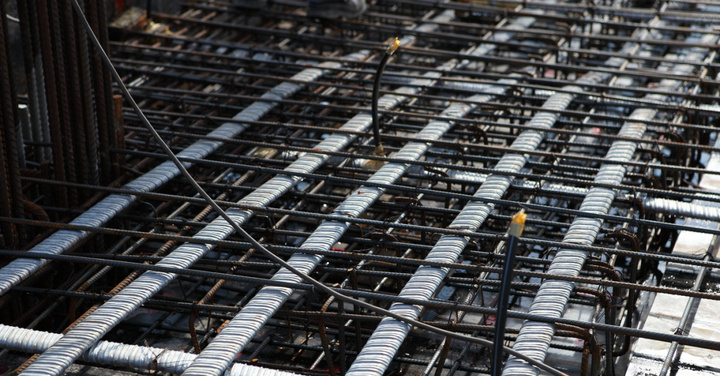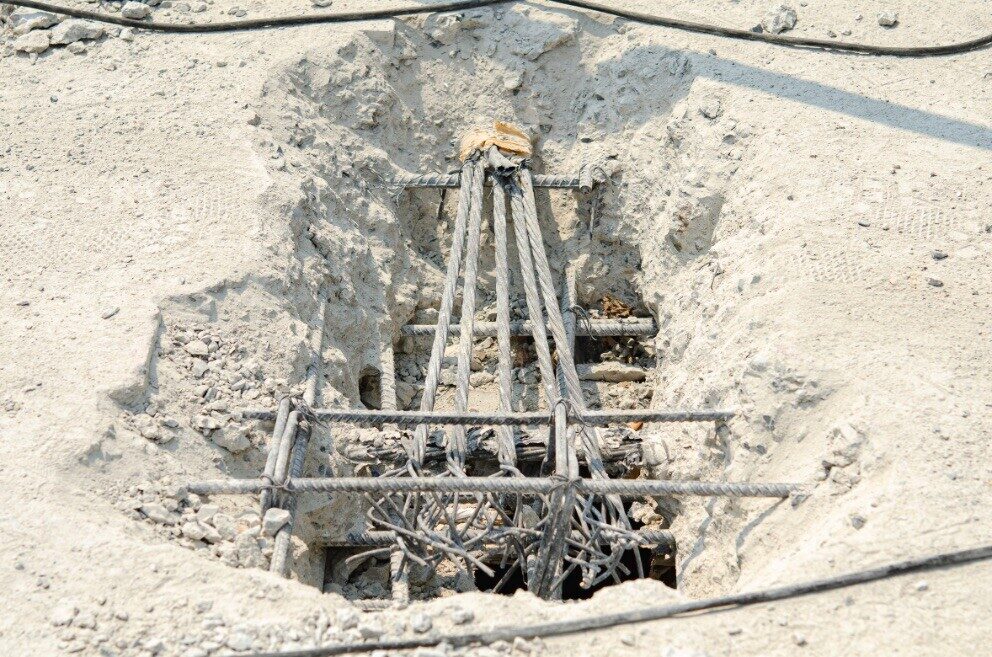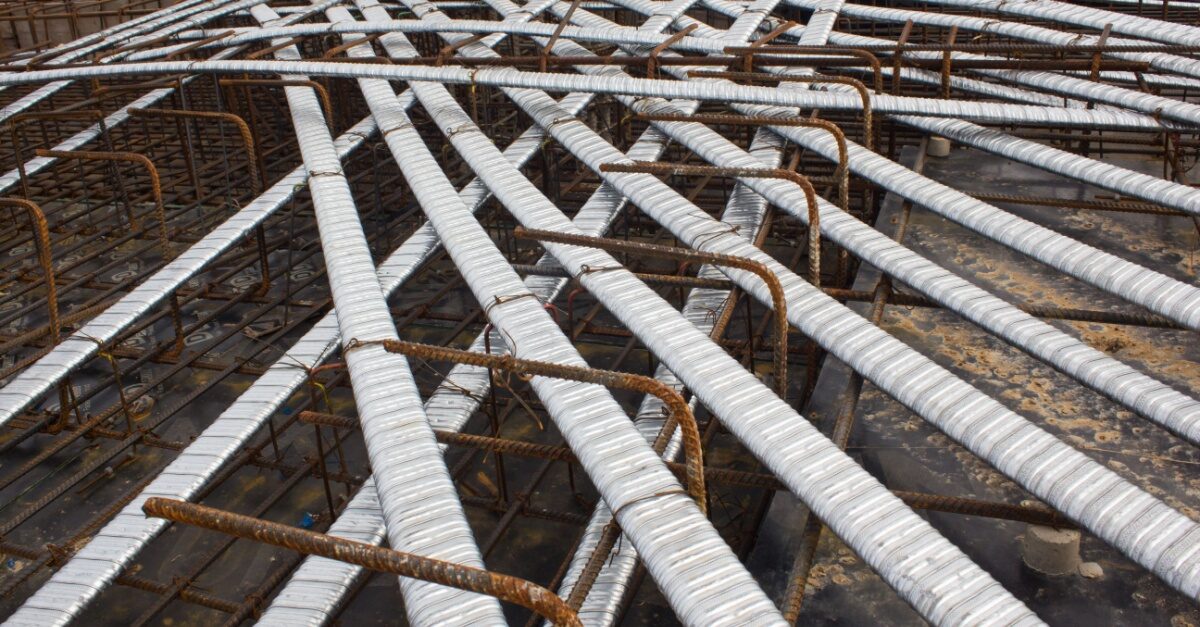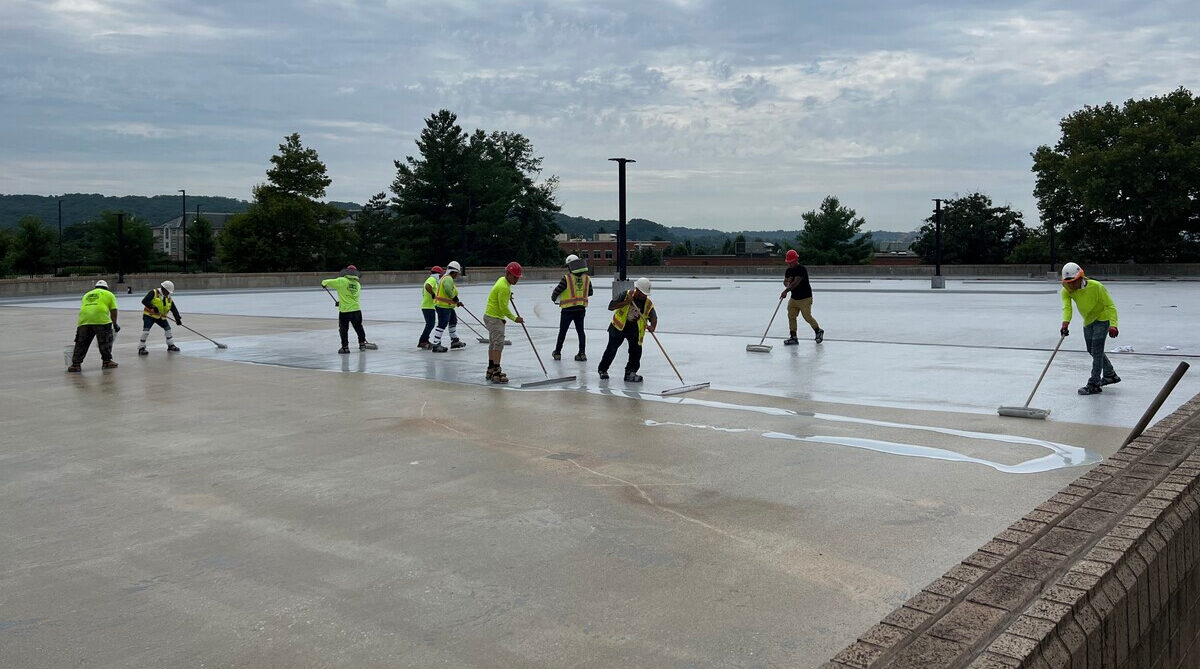
What Are Post-Tension Slabs & Why Are They Used?
Every property manager has that one building mystery that keeps them up at night. Maybe it’s the HVAC system that defies logic or the electrical setup that looks like someone’s cousin designed it. For many of you, post-tension slabs fall into that category—except, unlike your quirky boiler, these affect the structural integrity of your entire building.
Most property professionals have heard the term post-tension slabs tossed around during inspections or renovation talks, usually followed by contractors sucking air through their teeth and mentioning “additional costs.” But what exactly are they, and why does everyone seem to treat them like they’re made of glass?
Post-Tension Slabs: The Fundamentals
Post-tension slabs are concrete floors reinforced with high-strength steel cables called tendons that get tensioned after the concrete hardens, like putting your concrete floor in a permanent bear hug that strengthens it. The steel cables then run throughout the center of the slab in a crisscross pattern and create compression that helps the concrete handle heavier loads and resist cracking.
That sounds straightforward enough, right? The catch is that these cables are doing vital structural work, which explains why contractors get queasy about drilling into them.
How We Got Here: From Experiment to Standard Practice
In the 1950s, construction crews experimented with new techniques to build stronger, more durable concrete slabs. The experiments paid off — by 1969, the Federal Housing Administration officially approved post-tension slabs.
What started as an innovative technique quickly became the go-to method for builders. The construction industry refined the prestressing process throughout the following decades, and post-tension slabs evolved from experimental technology to standard practice.
Today, most builders default to post-tensioning for reinforced concrete foundations because it simply works better than traditional methods.
Where We Stand Today: The Mechanics Behind the Magic
The prestressing concept has become standard in both residential and commercial construction, and the actual process is pretty clever. Workers install steel cables or tendons throughout the concrete slab, then tension them after the concrete has gained sufficient strength.
Post-tension slabs work by compressing the concrete before it faces structural loads. The steel cables stretch and tighten as the concrete dries, applying significant force and squeezing the slab together. This compression strengthens the concrete and reduces cracking, especially in areas with unstable soil conditions like marshes, swamps, and lakefront properties.
You get a stronger, more durable property. The reinforced concrete handles much greater loads and lasts far longer than standard slabs.
Why Use Post-Tension Slabs?
So builders figured out how to strengthen concrete floors decades ago, but why did post-tension slabs become the standard? Simple: Regular concrete slabs cause more drama than they’re worth. They crack when the ground shifts. They split when temperatures swing. And they generally fall apart under stress. Post-tension slabs solve this by putting steel cables to work and creating floors that hold up to whatever your building throws at them:
- Your Budget Gets a Break: Post-tension slabs need 20-30% less concrete and 60% less rebar, cutting project costs by about 15%. The cables cost more upfront, but you save on materials, digging, and labor while dodging those brutal crack repair bills down the road.
- Strength Without the Surprises: Steel cables squeeze the concrete like a permanent vise grip, making it way stronger and keeping cracks small and manageable. When problems show up, they stay contained instead of turning your floor into a road map of fractures.
- Thinner Floors, Bigger Spaces: These slabs handle heavy loads across longer distances while staying thinner than regular concrete. You get higher ceilings, fewer support columns blocking your layouts, and architects who can design spaces people want to use.
- Clay Soil’s Worst Nightmare: Building on shifty clay or unstable ground? Post-tension slabs flex with soil movement instead of cracking apart. Those notorious Southwest soil conditions that destroy regular foundations meet their match with proper post-tensioning.
- Speed That Pays Off: Less material means faster pours, shorter schedules, and lower labor bills. The process delivers consistent results without the usual concrete gambling — you know what you’re getting before the trucks arrive.
- Less Waste, Lower Costs: Cutting concrete and steel usage shrinks your carbon footprint while reducing construction waste. The environmental benefits save money instead of costing extra.
Potential Challenges and How to Mitigate Them
Post-tension slabs are tough, but they’re also finicky. Think of them like high-performance sports cars — incredible when everything works right, but when something goes wrong, you’ll need a specialist, and your budget will feel it. The difference, though, is that most post-tension slab problems are completely preventable if you know what tends to go sideways and work with the right provider.
Water Infiltration: Plan Your Defense Strategy Early
Water and post-tension slabs mix about as well as water and electronics. Once moisture enters your foundation, it starts a slow-motion disaster that can take years to appear.
Picture your building’s drainage system as a team on which every player matters. Do your gutters overflow during a storm? That water heads straight for your foundation. Do downspouts dump water too close to the building? Same problem. Even something as simple as a poor roof pitch can send water where it shouldn’t go, creating stress points that become cracks.
Post-tension slabs hate surprises, especially those involving drilling new holes or moving utilities after the concrete sets. Those steel tendons running through your slab aren’t suggestions — they’re doing critical structural work. Planning your drainage strategy before you pour means thinking through every pipe, every electrical run, and every future tenant improvement that might need foundation access.
Getting this right from the start costs hundreds; fixing it later costs thousands.
Cutting Corners: Invest in Quality or Pay the Price Later
Here’s where property professionals learn an expensive lesson: Post-tension slabs separate the real contractors from the ones who watched a YouTube video and think they’ve got it figured out.
You know when a contractor gives you a quote that seems too good to be true? With post-tension slabs, it probably is. These systems require crews who actually understand what those steel cables are doing and why precise placement matters. The difference between someone who’s laid dozens of post-tension slabs and someone winging it shows up years later when cracks appear or sections start lifting.
Quality materials matter just as much, too. Cheap grout might save a few bucks upfront, but it fails to protect those steel tendons from moisture. When those cables start corroding, you’re looking at repairs that make your original construction costs look like pocket change. The math is brutal: Cutting material costs by 10% can create repair bills that cost 300% more than doing it right the first time.
Misaligned Tendons: Double-Check Before You Pour
Steel tendons are like the GPS for your post-tension slab — they must end up exactly where the plans say they should. If you get the locations wrong, your slab might decide to take flight.
Tendon uplifting sounds almost funny until it happens to your building. Those steel cables pull with tremendous force. Yet, if incorrectly positioned, they can lift concrete sections off the ground. Suddenly, your level floor looks like a skateboard ramp, and fixing it requires jackhammers and a structural engineer.
Modern post-tension slabs keep getting thinner and more complex, which means the margin for error keeps shrinking. Smart building owners insist on multiple inspections before any concrete gets poured because catching alignment issues early costs hundreds, while fixing them later can cost tens of thousands. Ground Penetrating Radar and other testing methods can find problems without tearing up your floor, but only if you keep detailed records of where everything got installed.
The Bottom Line: Know Your Foundation, Protect Your Investment
Post-tension slabs might seem like just another construction detail, but they’re running the show beneath your feet. These steel-reinforced concrete systems deliver stronger floors with less material while handling problem soils that would destroy traditional slabs. They save money upfront and prevent expensive repairs down the road — assuming you understand what you’re working with. Knowledge beats guesswork every time, especially when managing buildings where cutting into the wrong spot could compromise structural integrity.
We’ve spent more than 35 years at Valcourt helping property owners protect their investments from the ground up. Water infiltration, structural maintenance, and building restoration — we handle the specialized work that keeps post-tension slabs and other foundation systems performing as they should. When you need waterproofing that works or restoration services that address root causes instead of just symptoms, we bring the experience and expertise from decades of solving real-world building problems. Your foundation deserves better.
Contact Valcourt today to schedule a demo or get a customized quote for your property.


